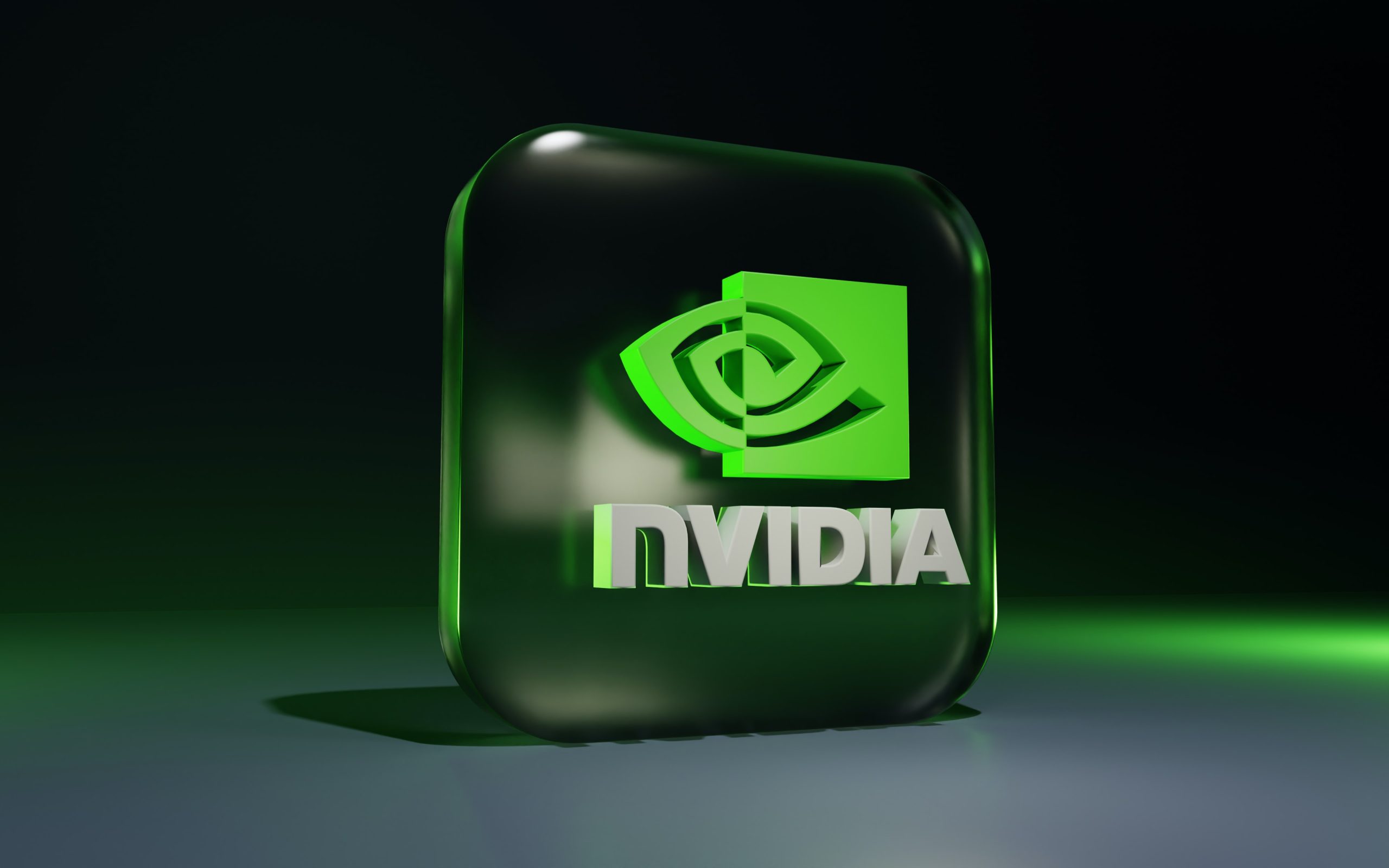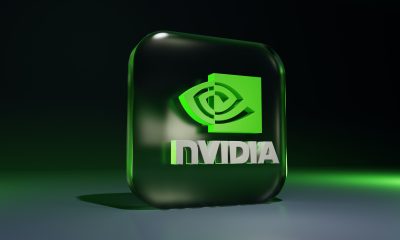News
Google Brain and DeepMind Merge to Create AI Superpower

It’s no secret that the AI race between OpenAI and Google accelerated in 2023. OpenAI’s ChatGPT which is based on language model GPT-3 made its debut in late 2022. Recently, OpenAI featured its new model upgrade called GPT-4, a more advanced language model that powers ChatGPT for premium users, while Google Bard is Google’s next move in winning the AI race. Still, that’s not all. Google’s parent company Alphabet announced that its key AI divisions, Google Brain and DeepMind will be merged to create an AI superpower and rival Microsoft and OpenAI.
From Brain to Mind: Google DeepMind
DeepMind was founded in 2010 when rapid AI development wasn’t expected to be at its peak until the foreseeable future. One of its most popular products included AlphaStar, an AI that successfully beat professional gamers in StarCraft. The company was acquired in 2014 by Google’s parent company, Alphabet.
Google Brain was founded by Google in 2011. The company focused on developing machine-learning-powered solutions and combining them with different informational systems and resources. One of the products includes TensorFlow, an open-source framework designed for developing deep neural networks.
Now, Google’s CEO Sundar Pichai announced that key AI divisions, Google Brain and DeepMind will merge to create Google DeepMind, to focus on exponential growth of generative AI systems and delivering new AI-driven products.
“Combining all this talent into one focused team, backed by the computational resources of Google, will significantly accelerate our progress in AI,” Google CEO Sundar Pichai wrote on Google’s blog, earlier this month.
Google Brain and DeepMind: New Old CEO
A separate blog post on DeepMind’s website features a recap of Google DeepMind’s new CEO Demis Hassabis’s statement where he didn’t hide his excitement about joint forces with Google Brain. He said that Google Brain and DeepMind merging will allow them to transform the AI industry and improve the lives of billions of people.
However, to achieve that, the newly-merged AI company will have to accelerate its workflow and solve various problems and challenges that the AI industry is facing right now.
The CEO of Google DeepMInd Demis Hassabis is expected to support the development of the “most capable” general AI systems and conduct research to improve the next generation of AI systems. Google Research will also focus on advancing computer science with an emphasis on algorithms, security, privacy, quantum computing, sustainability, and climate change.
“I’m so excited for the next phase of this journey, the progress we’ll make against our mission, and all the ways we’ll help people reach their potential with increasingly capable and responsible AI,” Pichai said about the Google Brain and DeepMind merge.

News
DeepMind AI Sorting Algorithm Sorts Data Faster Than Other Algorithms

Google Deep Mind has developed an artificial intelligence algorithm that can play games like chess and Go. Yeah, ok, this isn’t new info. We’ve been battling AI in complex abstract strategy games for years, beginning famously with Deep Blue vs. Gary Kasperov back in the mid-90s.
However, the gaming part isn’t the talking point here – that’s not the only thing Deep Mind does. As recently discovered during development it can also perform sorting which, when translated to traditional C++ code, outperforms previous sorting algorithms developed by humans throughout the development of computer science. You read that right – Deep Mind developed its own sorting algorithm, and it’s faster than anything we’ve created ourselves.
DeepMind AI’s self-developed sorting algorithm could potentially offer new insights into sorting algorithms which can outperform traditional computer algorithms like Quick sort.
Sorting algorithms have been a focus for computer scientists for decades. From bubble sort and selection sort to more advanced programs like merge and quick sort. An improved sorting algorithm means not only faster data sorting, but also more efficient use of resources, ultimately allowing greater capacity for other tasks. But, with rapid development of Google DeepMind AI based in London, traditional sorting algorithms may soon be retired.
The new algorithm, known as AlphaDev, allowed DeepMind to test new ways of sorting elements. The team built the algorithm on top of the technology used for its AI algorithm AlphaZero which has shown success in mastering games of chess, shogi and Go.
The new experiment, featured in a research paper published in Nature, is already part of two C++ libraries and is already being used by developers all over the world.
Sorting Numbers
Initially, DeepMind AI sorting algorithm was used to sort simple numbers by their size.
Initially, the program was only tasked with sorting 3 to 5 numbers at a time. This is important because AlphaDev operates at an assembly level of instructions.
That means that the code is generated by automated compilers of code humans write such as C++ and is then translated into machine language – 1s and 0s.
AlphaDev is more successful at sorting quick sequences of number as it achieves 70% increased efficiency.
It is also 1.7% more efficient for sequences that surpass 250,000 elements as opposed to sorting algorithms that are part of the C++ standard libraries.
In other words, when a user submits a sorting query, DeepMind AI sorting algorithm will conduct a faster sorting process, which can save both time and resources once it’s employed on large scale projects.
Reinforcement Learning
AlphaDev can compare values, move values between different locations or jump to a different instruction of a program.
Every time the algorithm takes a new step, it will try to sort a set of list and for each successful sort, it’ll be rewarded, thanks to the machine learning algorithm known as reinforcement learning.
The system will play this game with rewards until all elements are sorted correctly, or the program length limit has been reached. In case of the latter, the game is restarted and the algorithm starts sorting again.
DeepMind AI sorting algorithm also tried to solve algorithms that are not related to sorting.
It was also used on hash data structures, and tested to convert data from one format into bytes which took 67% less time compared to a human-written version of the algorithm.
The researchers believe that DeepMind AI sorting algorithm could be applied to more problems, even into the hardware design code, Daniel Mankowitz, a computer scientist at DeepMind who led the research said in a statement to Nature. “We really want to be tackling the whole stack.”
Machine Learning
Nvidia Neuralangelo Can Turn 2D Videos into 3D Graphics

Nvidia’s research department recently unveiled an eye-opening new AI model that can transform dull 2D video clips into detailed 3D graphics called Neuralangelo. Nvidia Neuralangelo is based on neural networks and can successfully generate lifelike constructions, buildings, and other realistic imagery based solely on 2D videos. With this research, the company hopes to recreate virtual replicas of different structures including historical monuments, buildings, and sculptures.
Nvidia is forging a solid path through the AI industry in 2023, cementing itself as a global leader in the industry. Recently, it was announced that Nvidia’s AI-driven chipsets generates billions of dollars in gevenue for the company, and now a new AI model powered by neural networks promises advancements in architecture and 3D modeling on a level we haven’t seen since the early days of digital design.
Neuralangelo is quite obviously inspired by the famous Italian artist and sculptor Michelangelo, whose crafty hands were able to sculpt complex works of art from materials such as marble. Similarly, Nvidia Neuralangelo can generate detailed and intricate shapes and textures just based on simple 2D videos.
Nvidia Neuralangelo: 2D to 3D
Developing 3D models from scratch using traditional methods is extremely time-consuming and challenging. However, with this new AI-powered model, designers can generate structures such as “roof shingles, panes of glass and smooth marble” with impeccable details from 2D videos not only faster than traditional non-AI approaches but also more accurately than other AI-powered approaches.
All you need is a smartphone video, and Nvidia Neuralangelo will turn it into accurate renditions of your preference without sacrificing your time, money, and resources. This approach can help with landscape and architectural design, and video gaming for both corporate and personal needs.
“The 3D reconstruction capabilities Neuralangelo offers will be a huge benefit to creators, helping them recreate the real world in the digital world,” Ming-Yu Liu, senior director of research and co-author on the paper said in a statement.
He also added that developers will be able to import detailed objects into virtual environments for 3D modeling and video games starting from small objects like sculptures to massive skyscrapers.
Neural Rendering
Previously used AI models that could transform and reconstruct 3D objects had several issues including redundancy and struggling with homogenous and strong color textures. However, Nvidia Neuralangelo uses instant neural graphics primitives which helps generate intricate details and textures.
A 2D video of a scene or an object that needs to be transformed is fed into the system that selects the frames that can capture several viewpoints. This approach is similar to how different artists focus on objects they are trying to sculpt or paint from different angles.
Once the system determines the camera angle of each frame that needs transforming, Nvidia Neuralangelo transforms it into a rough 3D presentation, after which the model sharpens the details and optimises the entire 3D structure.
Neuralangelo will be presented at the Conference on Computer Vision and Pattern Recognition (CVPR) along with other Nvidia Research projects on June 18-22.
News
Nvidia AI-Driven Boom: The GPU Maker Gains Billions

When it comes to graphics cards for video games, there’s no better company than Nvidia (unless you’re an AMD, or Apple fan, of course). The company excells at making graphics for video games and work, complementing computer systems all over the globe. However, in recent years, the GPU maker started implementing artificial intelligence in its projects leading to an Nvidia AI-driven boom, generating $180 billion in revenue.
This bold bet made a surge in demands for AI-powered graphics chips, especially after ChatGPT, a generative language model based on GPT-3 and GPT-4 developed by OpenAI, enjoyed the popularity it does.
These days, we see the emergence of new AI tools on a daily and weekly basis, and each one of them offers a unique experience. They automate a lot of tasks that would normally take ages, and make everyday workflow easier.
These generative systems are trained on colossal volumes of data. That data is stored in data centers that due to their volume need powerful servers to process it.
That being said, powerful AI-powered hardware that Nvidia manufactures came in handy for many AI systems that we see today, accelerating the development times and reliability of those AI models. All that ultimately led to the Nvidia AI-driven boom.
According to a recent report from CB Insights, Nvidia holds about 95% of the GPU market for machine learning. That means that the companies that work on AI-driven products use Nvidia’s AI-powered graphics chips to leverage AI technology.
According to the report, last year Nvidia generated 15 billion Dollars in revenue which is about 40% more than the year before. This vast revenue also means that gaming is no longer the main source of income for Nvidia, but that it has now prioritized machine learning as a result of the new Nvidia AI-driven boom.
On top of that, on May 24, Nvidia released a statement about its first-quarter results, and it doesn’t shy away from sharing its success.
According to the statement, the company plans to increase the production of its machine-learning chips to keep up with the demand of the Nvidia AI-driven boom. Its AI chips that are designed for data centers cost about $10,000, but as it improves the company will raise this price further.
“The computer industry is going through two simultaneous transitions — accelerated computing and generative AI,” said Jensen Huang, founder, and CEO of NVIDIA, said in a statement. “A trillion dollars of installed global data center infrastructure will transition from general-purpose to accelerated computing as companies race to apply generative AI into every product, service, and business process.
META Wants to Achieve Nvidia AI-Driven Boom, Too
It’s no secret that other companies such as AMD and Intel are working on different ways to keep up with Nvidia’s reign in the AI chip market. Although both Intel and AMD make CPUs for computers, they’re also contributing to the AI race with their products.
AMD has been a direct competitor of Nvidia’s for decades in the graphics card industry. Still, to keep up with the AI-driven boom, other tech giants are also working on AI chips that can power data centers and directly contribute to the development of the most innovative AI tools.
According to a report in TechCrunch, META is also working on AI-powered hardware that could be similar to AI-powered graphics cards Nvidia makes. The report was detailed as an infrastructure to power AI apps. In another report by The Information, Microsoft has been working on its AI chip since 2019.
While AI development is an unpredictable industry, one thing is for sure, this Nvidia AI-driven boom will serve as an even bigger motivator for Nvidia’s competitors.

















